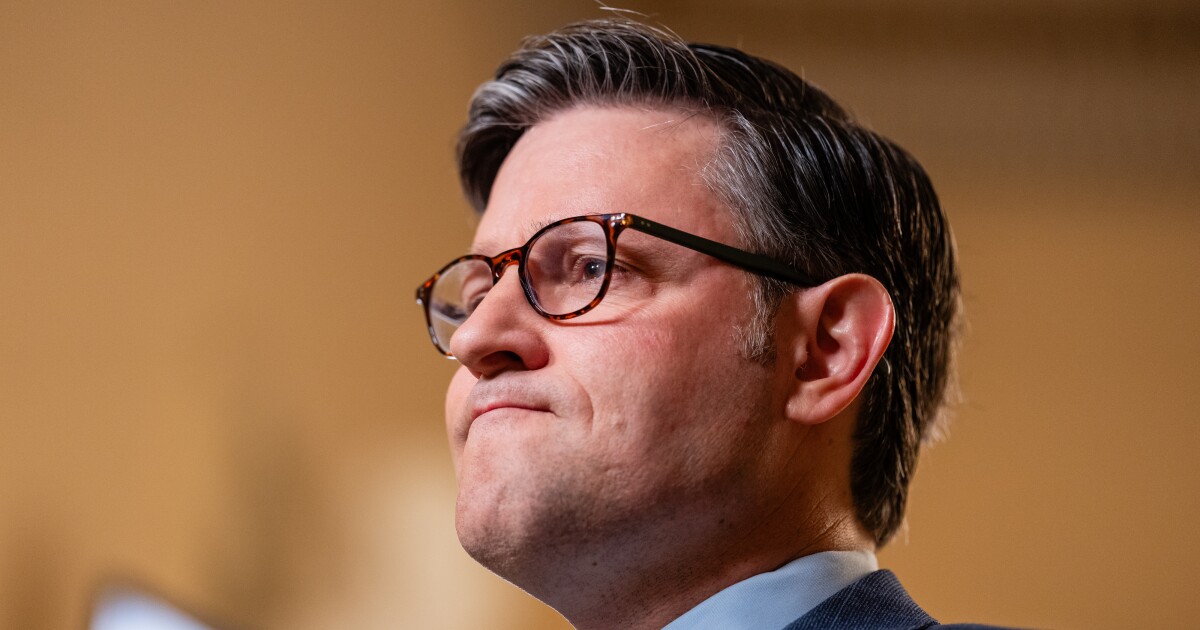Imagine a tool so integral to your daily routine that it becomes second nature in your professional life. Generative AI has done that for investment accounting. In just two short years, GenAI’s impact has reimagined how investment accountants interact with data, make decisions and drive financial strategies.
Today, nearly two-thirds of organizations say they regularly use GenAI in at least one aspect of their operations. Such rapid adoption makes it easy to understand why global GenAI spending is set to hit $202 billion — 32% of all AI spending — by 2028. Yet, as the tech continues to take shape and offer more ways to deliver intelligence, its rapid rise has also raised expectations for measurable, higher-level returns on investment.
In the past year, GenAI has streamlined routine tasks such as document summarization and sifting through mountains of portfolio data to create actionable reports. Beyond these applications, GenAI is tackling more complex work: from demystifying the intricacies of reconciliation work to pioneering multi-country compliance automation. With each breakthrough, we’re eager to see what GenAI can do next — solving data puzzles within middle- and back-office operations is just the beginning.
However, integrating GenAI is a gradual process, with many investment accountants still learning to maximize their return on investment from these tools. The crux of GenAI implementation lies in how it can take very complex work that has involved many teams of experts and engineers harnessing very large datasets and build a data architecture that delivers remarkable output. Thus, the key to unlocking this next level of innovation lies in building a strong data architecture foundation.
Ensuring data integrity and accuracy
Much like investment accounting itself, the quality and accuracy of the data inputs into GenAI are essential to the reliability of its outputs. As we pioneer more advanced applications of GenAI, the creation of domain-specific prompts becomes crucial. They act as guardrails, ensuring models capture the granular context of queries and deliver accurate results. Before this can happen, we must ensure our data architecture is not only resilient but entirely without defects.
To prepare for a GenAI-driven future, businesses must maintain impeccable, validated and standardized investment data. Given the heightened regulatory scrutiny they operate in, investment accountants don’t have the luxury of simply writing off minor data errors. Even the smallest hallucination or inaccuracy can escalate into significant regulatory issues, reinforcing the need for rigorous data management practices. With this in mind and to ensure a smooth GenAI deployment, organizations should focus on three key aspects:
- Establish a data governance framework. Assigning clear responsibilities and processes is crucial. A formalized structure should define roles in data oversight, specify tasks for data quality control, and ensure compliance, all contributing to a trustworthy data environment.
- Enhance data preparation. As the demands for GenAI evolve, so must our data management practices. Organizations must elevate their data preparation processes, such as collecting, formatting and organizing raw data into a structured format suitable for analysis. Automation and validation are critical for transforming data into analytics-ready information, quickly rooting out and addressing any anomalies.
- Break down data silos. Despite more organizations migrating to the cloud, the challenge of unstructured data from disparate systems remains a hurdle for technology success. Centralizing a data story into “data lakes” can boost collaboration, standardize data and streamline data operations, paving the way for a successful GenAI integration.
Address legacy technology barriers that stunt AI overhauls
Financial organizations, especially within back-office functions, are still grappling with outdated legacy technology systems. These systems, although familiar, resist large-scale AI transformations. Internal inertia, external constraints and other reasons keep organizations from breaking free from the status quo. As a result, many organizations tiptoe into AI integrations on a piecemeal basis, hindering their ability to scale and evolve.
While modernizing systems involves complexity, the payoff can be significant. A transition to agile, interconnected systems can result in enhanced operational efficiency, a culture of continuous innovation, and a seamless data flow that’s vital for GenAI’s success. It’s about trading in the old for new ways of working that are more in sync with our dynamic digital world.
A phased approach to replacing legacy systems can minimize disruption and facilitate a smoother changeover. Additionally, fostering open collaboration between everyday users and engineering teams is essential. This partnership ensures upgrades are implemented efficiently and in a way that maximizes ROI — turning the complex task of replacing legacy systems into a rewarding journey of transformation.
Enabling strategic alignment before launch
Organizational adoption of bold technologies like GenAI can often feel like embarking on an epic expedition. The journey begins with grand visions, but can run off course due to competing priorities and misalignments between teams and executive stakeholders. A stark reminder of this is the sobering statistic that only 54% of AI projects make it from pilot to production — with even fewer delivering their intended ROI.
To navigate a successful transition, organizations must have a clearly defined outcome-centric roadmap before launching AI projects. This includes clearly outlining what GenAI can achieve in terms of use cases and what lies beyond its current reach. For instance, while GenAI can automate routine tasks and provide data-driven insights, it may not replace the need for human judgment and decision-making.
Such a roadmap should highlight milestones, pitfalls to avoid, deadlines and expected outcomes, bringing the team closer to realizing the project’s full potential using GenAI. Ultimately, the success of GenAI integration depends on strategic alignment and collaboration — ensuring communication lines are open so every team member, from the front line to decision-makers, is informed and vested in the mission.
Fulfilling the promise of GenAI
As we peer into the future, GenAI adoption within the accounting space is set to skyrocket this year and beyond. It’s natural for business leaders to feel the pressure to dive headfirst into AI initiatives. However, it’s crucial to discern between merely adding GenAI to the toolkit and harnessing its potential to general value-added outcomes. Despite GenAI’s transformative promise, it’s not simply a plug-and-play proposition.
Success depends on several pillars: robust data governance, the modernization of legacy systems and a strategy that aligns with the organization’s objectives. Keeping these considerations front and center, investment accounting organizations can rely on a sound foundation necessary for a thriving GenAI ecosystem. By doing so, they stand the best chance to gain ROI that not only fits, but also advances their organization’s strategic objectives in the short and long term.


 Blog Post1 week ago
Blog Post1 week ago
 Economics1 week ago
Economics1 week ago
 Finance1 week ago
Finance1 week ago
 Personal Finance1 week ago
Personal Finance1 week ago
 Accounting1 week ago
Accounting1 week ago
 Economics1 week ago
Economics1 week ago
 Personal Finance7 days ago
Personal Finance7 days ago
 Personal Finance1 week ago
Personal Finance1 week ago













